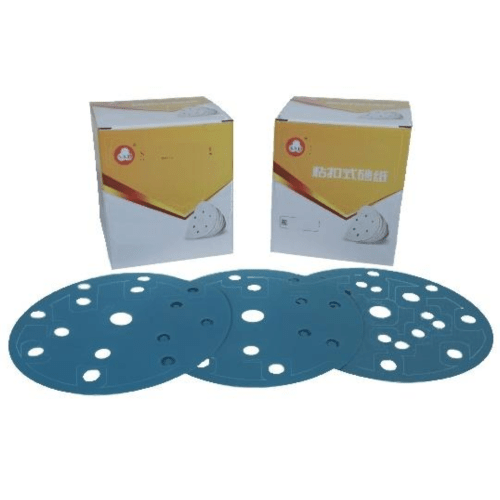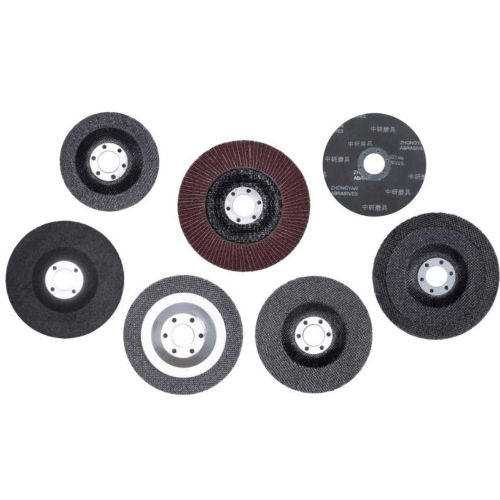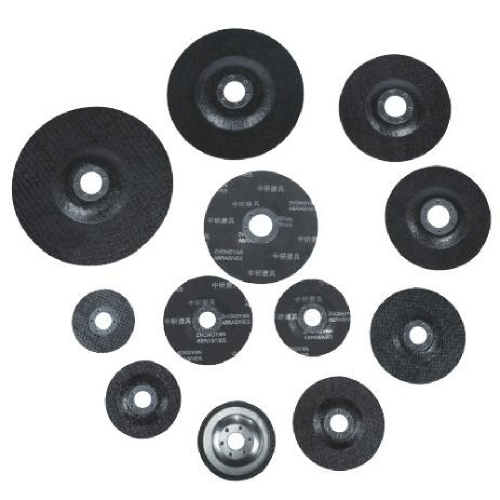wheel thermal stability
Wheel thermal stability represents a crucial aspect of modern vehicle performance and safety engineering. This sophisticated technology focuses on maintaining optimal temperature conditions within the wheel assembly during various driving conditions. The system encompasses advanced materials and design principles that work together to regulate heat distribution, prevent thermal deformation, and ensure consistent performance across diverse operating environments. The technology incorporates specialized thermal sensors and materials with superior heat dissipation properties, enabling real-time monitoring and management of wheel temperature variations. This comprehensive approach to thermal management extends to both the tire and rim components, creating a balanced thermal ecosystem that enhances overall vehicle performance. The system's ability to maintain stable temperature conditions directly contributes to improved tire longevity, enhanced brake performance, and consistent handling characteristics. Applications range from high-performance sports cars to commercial vehicles, where maintaining optimal wheel temperature is critical for safety and efficiency. The technology also plays a vital role in electric vehicles, where regenerative braking systems create unique thermal management challenges.


